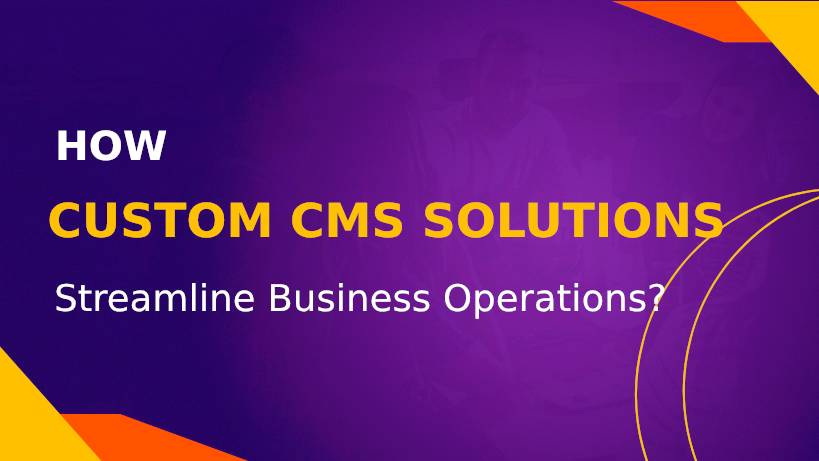
Introduction
As the United States business environment evolves quickly, companies increasingly adopt Agile project management for responsiveness, efficiency, and customer satisfaction. An effective Agile project management plan enables teams to streamline processes, improve collaboration, and deliver value incrementally.
However, creating an effective Agile plan requires understanding Agile values, methodologies, and best practices.
This guide outlines a step-by-step approach to creating an efficient Agile project management plan for US businesses, covering key elements, methodologies, and compliance considerations. We will also cover how Anchorpoints.io enables companies' seamless Agile project management.
What is an Agile Project Management Plan?
An agile project management plan is a flexible but rigorous methodology of project planning utilizing Agile methods. In sharp contrast with the Waterfall approach in project management, Agile chooses flexibility, successive development, and continuous feedback.
Top Features of Agile Project Management:
- Iterative Development: Releasing work in regular, manageable increments.
- Customer Collaboration: Continuous collaboration with stakeholders for feedback.
- Flexibility & Adaptability: Defining project scope and priorities as needed.
- Self-Organizing Teams: Letting the teams make their own decisions.
- Time-Boxed Sprints: Consistent time frames for meeting specific project goals.
Step 1: Define the Project Vision and Objectives
Before leaping into Agile, there must be a straightforward project vision and goals. A vision unites stakeholders and the team on the same platform, with everyone focusing on delivering goals.
How to Define the Project Vision:
- Identify customer pain points and how your service/product addresses them.
- Define key performance indicators (KPIs) to determine success.
- Align project goals with business goals and market demand.
Example: As a US fintech company developing a mobile payment app, your mission could be to "create an easy, secure, and simple mobile payment solution for US consumers.".
Step 2: Select the Appropriate Agile Framework
There are various Agile frameworks, and your choice of framework will be based on your project needs and team.
Top Agile Frameworks for US Companies:
- Scrum – Ideal for software development and iterative projects.
- Kanban – Suitable for managing workflow and continuous delivery.
- SAFe (Scaled Agile Framework) – Appropriate for large organizations with several Agile teams.
- Lean – Emphasizes minimizing waste and delivering maximum value.
- Extreme Programming (XP) – Best for software engineering teams with an emphasis on frequent releases.
How to Select:
- Scrum is best for software development projects and technology startups.
- Kanban is best for US manufacturing and supply chain businesses.
- SAFe is best for large enterprises with multiple Agile teams.
Step 3: Create an Agile Team Structure
Agile teams are cross-functional and self-organizing, planning and doing work without needing direct management or instruction.
Key Roles in an Agile Team:
- Product Owner – Represents stakeholders and prioritizes the product backlog.
- Scrum Master – Facilitates Agile ceremonies and removes impediments.
- Development Team: Engineers, designers, and testers who work towards delivering the project.
- Stakeholders – External business owners, end-users, or customers providing inputs.
US companies must prioritize team autonomy, ongoing learning, and knowledge sharing for effective Agile implementation.
Step 4: Create an Agile Roadmap and Backlog
An Agile roadmap creates a high-level project schedule to achieve milestones, and the product backlog prioritizes features and tasks.
How to Create an Agile Roadmap:
- Identify key deliverables and estimate durations.
- Split the project into release cycles and iterations.
- Set milestones for incremental product releases.
Product Backlog Management:
- Prioritize user stories and tasks based on customer needs.
- Define acceptance criteria to ensure quality and usability.
- Use backlog refinement meetings to reprioritize.
Step 5: Sprint Planning and Execution
Sprints in Agile describe time-limited cycles for implementing the iterative breaking down of the work in steps to introduce clarity and definition into the overall significant process.
Key Sprint Planning Activities:
- Setting up a sprint, the short-term goal we will follow, is the next step.
- Please start the process by creating user stories and assigning them to your team members.
- Use Agile estimation techniques, such as Story Points, Planning Poker, etc., for this purpose.
- Tell your teammates to be honest when they speak the truth at their daily stand-up meetings; these will be the best opportunities to work.
Sprint execution is a part of repetitive sessions, feedback, and adjustments from the stakeholders to the success of the implementation.
Step 6: Agile Testing and Quality Assurance
Working with Agile removes the outdated testing sequence at the end of a project. It introduces the possibility of constant testing by fitting quality into the picture as a consistent form.
Agile Testing Strategies:
- Extremely test-driven programming (TDD) is the method of writing test cases before creating the code.
- Breaking down user stories into specs and scenarios is an excellent way to use BDD to perform end-to-end tests.
- Build the scenarios you would use to validate assertions on user stories.
- Automated Testing - Utilize smooth bug testing and fixing by constantly working to produce code.
- Continuous Integration/Continuous Deployment (CI/CD) - Building and distributing software with automated tools is a tremendous ongoing process.
The focus should be on the quality of products and the legal requirements.
Step 7: Monitor and Improve Agile Performance
The implementation of the agile principle should be done gradually and constantly; therefore, monitoring the throughput and work of the development department along with the progress of the projects is very important.
Agile Metrics to Track:
- Sprint Velocity is a numerical measurement that cuts across what is called 'story' to distinguish their varying shapes (irreversibly taking) the different types of tasks to do during specified times.
- Cycle Time is the time used to finish a complete task or work.
- The Burndown Chart is the visual display of the amount of remaining work and the period, respectively.
- Customer Satisfaction (CSAT) is a tool to see if the customer likes the product.
Regular retrospectives are designed to help the teams find gaps and new ways of making changes in the system and to implement the changes effectively.
How AnchorPoints Helps in Agile Project Management ?
AnchorPoints is a robust Agile project management software designed with the US business community in mind. It enables workflows to be streamlined, collaboration between teams to increase exponentially, and compliance assured.
Key Features of Anchor points:
- Agile Roadmap and Backlog Management: Supports careful planning and implementation, granting control over the development of projects.
- Sprint Tracking and Progress Monitoring - Deliver on time and track the deliverables most efficiently.
- Regulatory Compliance Tracking - It ensures that you follow the international regulations in the USA.
- Integration with Popular Agile Tools - Integrating Anchorpoints with JIRA, Trello, and Asana helps to work more productively.
- AI-Powered Insights - Making adverse judgments is not rational, but looking for help processing vast amounts of data to find faults is through data analytics.
Indeed, electronically linking fresh and existing software is an innovative, quick, modern approach to lessening the need for human-induced errors and redundant seeks.
Conclusion
Creating an Agile project management plan requires a systematic approach compatible with business goals, team communication, and regulatory compliance. By adopting the sequential process outlined above, US organizations can attain success by adopting Agile practices in projects.
By leveraging AnchorPoints, businesses can streamline Agile workflows, enhance cooperation, and boost compliance, thus offering a crucial software solution for USA-based Agile project management.
Ready to take your Agile project management to the next level? Explore AnchorPoints today!
Ready to Revolutionize Your Project Management?
Adopting Agile can transform the way your business operates, driving efficiency, collaboration, and innovation. Start implementing these steps today to optimize your project management and see real-time results.
Explore AnchorPoints now to streamline your Agile processes and achieve your business goals with ease. Get started today and experience the future of project management!




